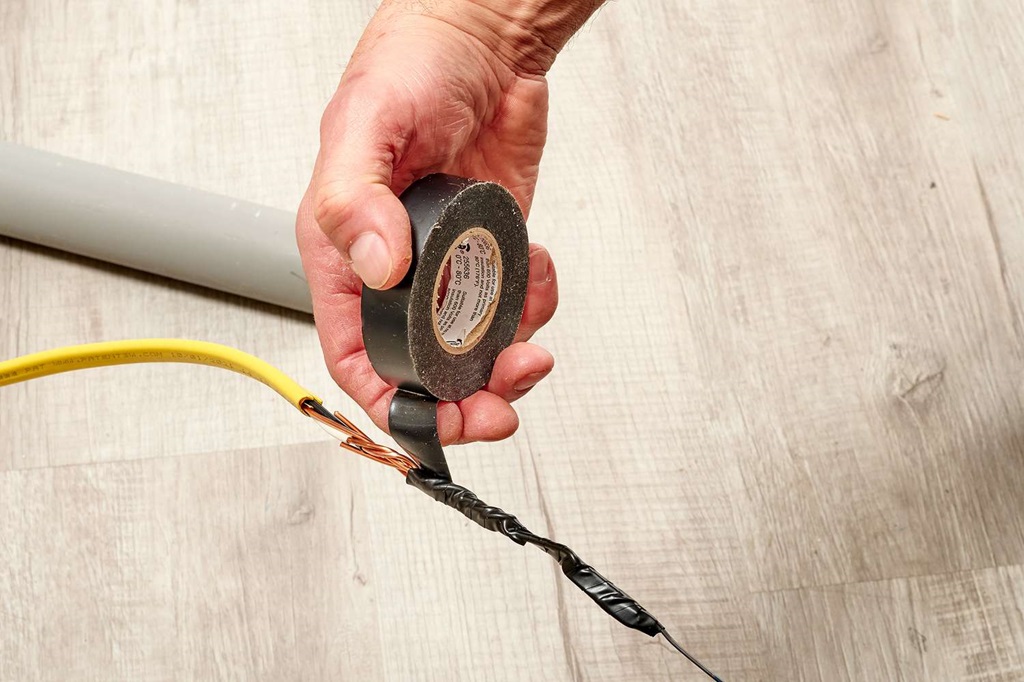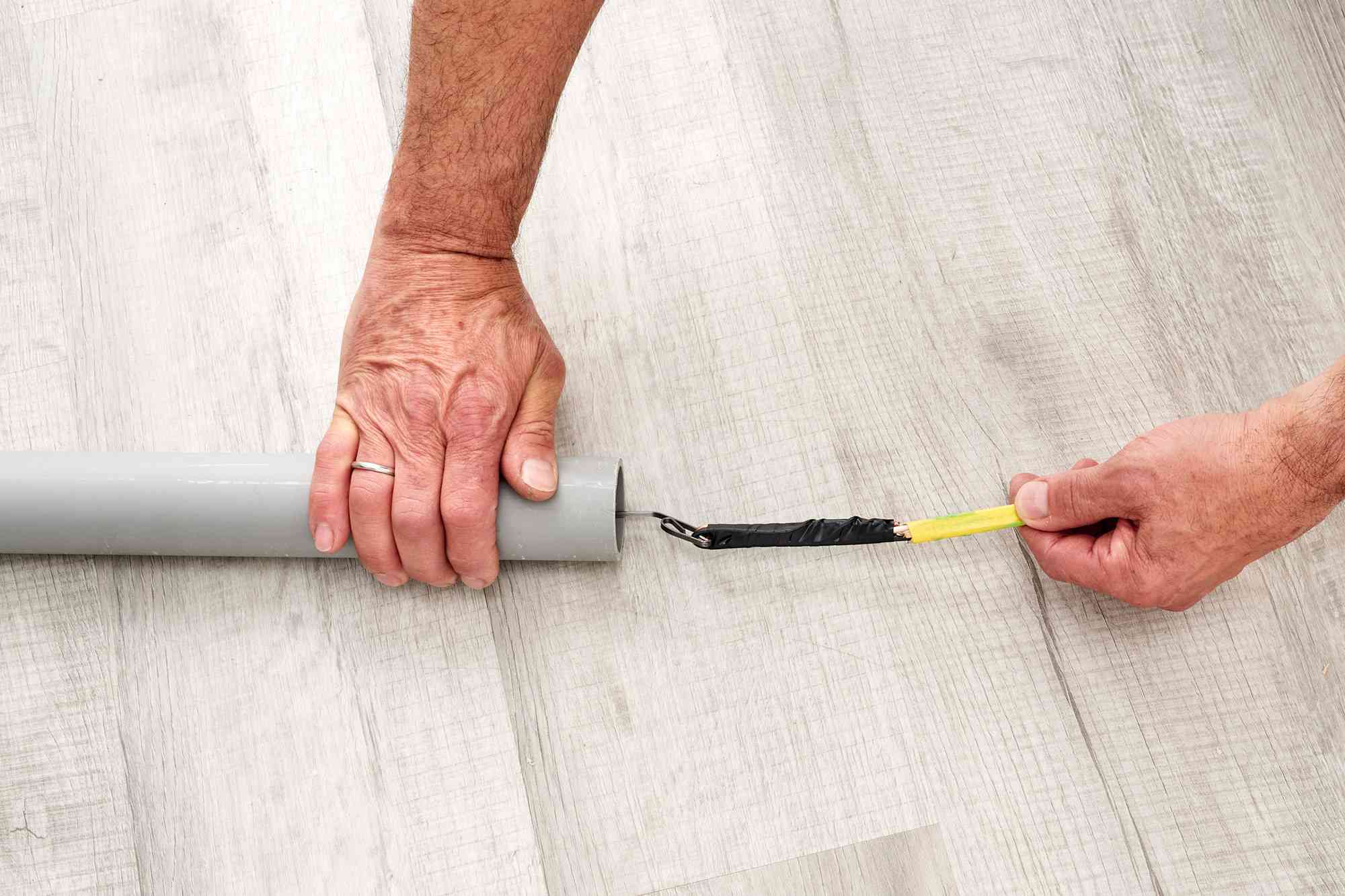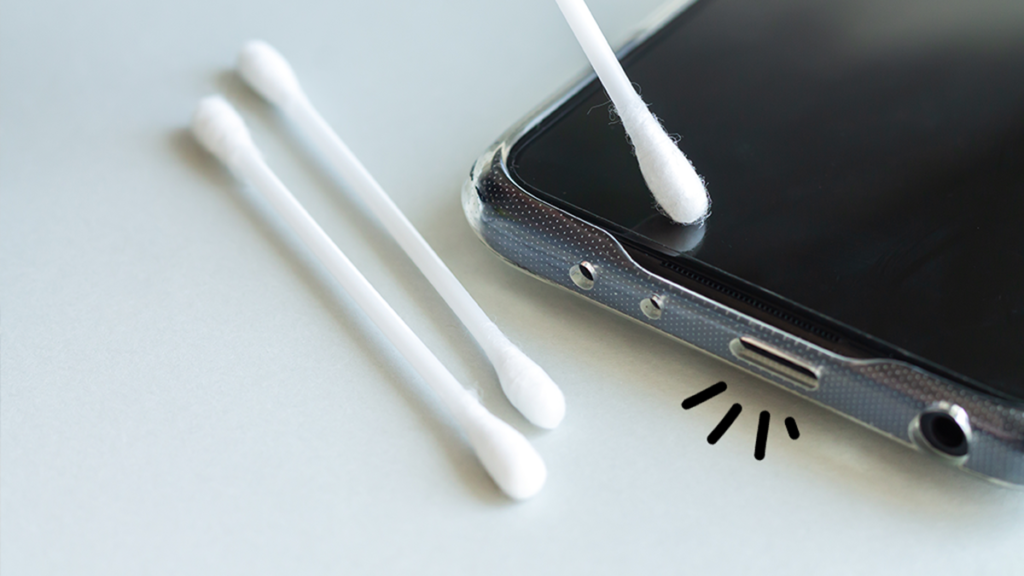Fish tape is an electrician’s indispensable tool for threading wires through walls, conduits, and other tight spaces. However, the success of your wire pulling project hinges on properly attaching the wires to the fish tape. This comprehensive guide will walk you through the steps and best practices to ensure a smooth and successful wire installation. The content is provided by Best USA Tools.
Understanding Fish Tape and Its Role
Fish tape, also known as a wire puller, is a long, flat metal or plastic strip with a hook or loop at one end. It is designed to navigate through confined areas and pull wires along its path. By attaching wires to the fish tape, you create a secure connection, allowing you to guide the wires to their desired location.
Materials You’ll Need
Before you start, gather the following materials:
- Fish tape: Choose the appropriate length and material (metal or non-conductive) for your project.
- Wires: Strip about ½ inch of insulation from the wire ends to expose the bare conductors.
- Electrical tape: High-quality tape designed for electrical work.
- Lineman’s pliers: For twisting wires and securing connections.
- Utility knife or wire strippers: For stripping wire insulation.
Step-by-Step Instructions
- Prepare the Wires: Strip the insulation from the ends of the wires, exposing enough bare conductor to make a secure connection.
- Twist the Wires: Twist the bare ends of the wires together tightly, ensuring a solid connection. If you have multiple wires, stagger the stripped ends slightly to prevent a bulky connection.
- Create a Hook (Optional): For added security, you can create a hook by bending the twisted wire ends slightly. This helps prevent the wires from slipping off the fish tape.
- Attach to Fish Tape: Place the twisted wire ends (or the hook, if created) into the hook or loop of the fish tape.
- Secure with Electrical Tape: Wrap electrical tape tightly around the connection point, covering both the wires and the fish tape hook/loop. Start wrapping a bit away from the connection and work your way towards the wire ends for maximum security.
- Test the Connection: Gently tug on the wires to ensure they are securely attached to the fish tape.
- Pull the Wires: Carefully feed the fish tape through the desired path, pulling the wires along. Monitor the pull to avoid snags or obstructions.
Related: How Do Wire Rope Clips Work
Important Tips and Considerations
- Stagger the Connections: If you’re pulling multiple wires, stagger their connections on the fish tape. This will prevent a bulky connection that could get caught during the pull.
- Choose the Right Tape: Use high-quality electrical tape designed for electrical applications. This ensures a secure and durable connection.
- Don’t Overtighten: When wrapping the tape, avoid overtightening, as this could damage the wires or the fish tape.
- Lubricant (Optional): In some cases, applying lubricant to the fish tape can help it move more smoothly through the conduit.
- Safety First: Always turn off the power to the circuit before working with electrical wires.
Beyond the Basics
For experienced DIYers or professionals, here are some additional tips:
- Double Wrapping: For extra security, consider wrapping the wires and fish tape connection with a second layer of electrical tape.
- Soldering: In situations where a very secure connection is crucial, you can solder the wires to the fish tape.
Troubleshooting
If you encounter problems during the wire pull, here are some potential solutions:
- Check for Snags: If the fish tape gets stuck, gently pull it back and forth to try to free it. You may need to use a different route.
- Tighten Connections: If the wires disconnect from the fish tape, re-attach them and wrap them more securely with electrical tape.
Conclusion
Mastering the art of attaching wires to fish tape is a fundamental skill for any electrician or DIY enthusiast. By following these step-by-step instructions and tips, you can ensure successful wire installations and avoid costly mistakes. Remember, safety should always be a top priority when working with electrical wires. If you are uncertain about any aspect of the process, consult with a qualified electrician.





